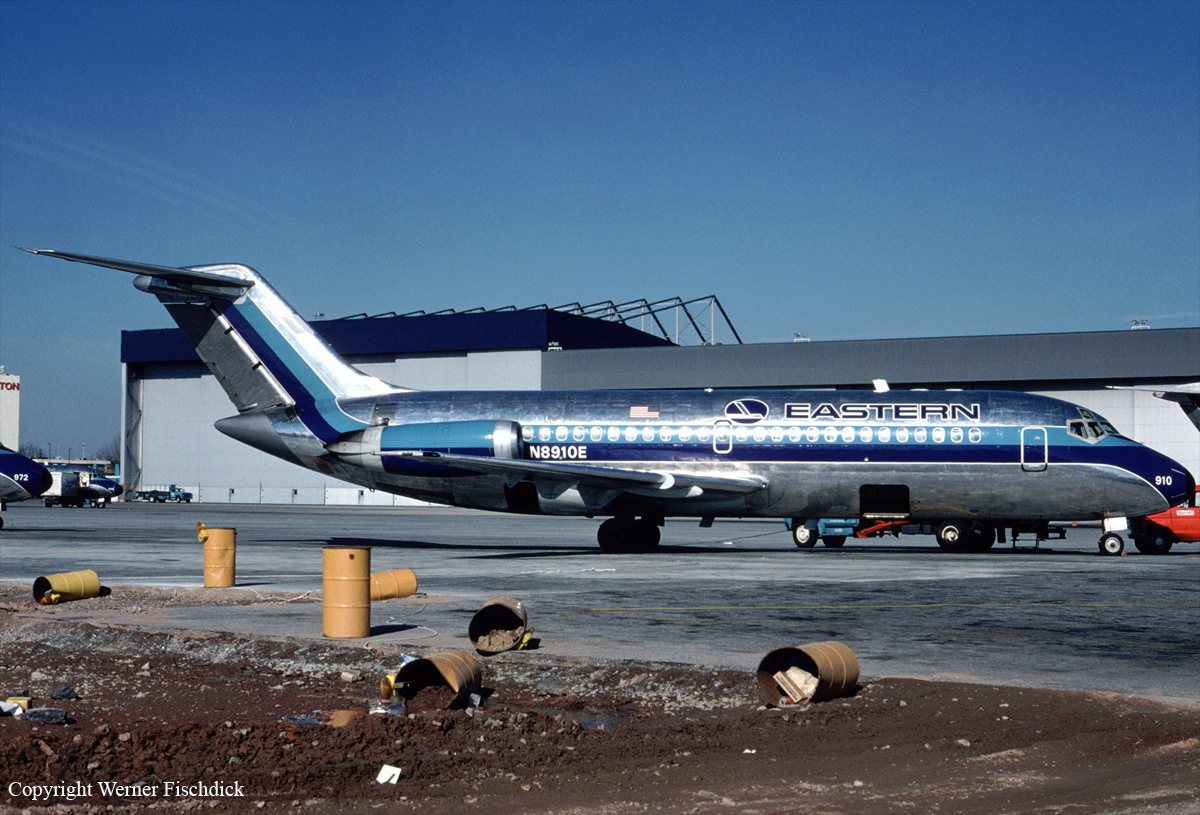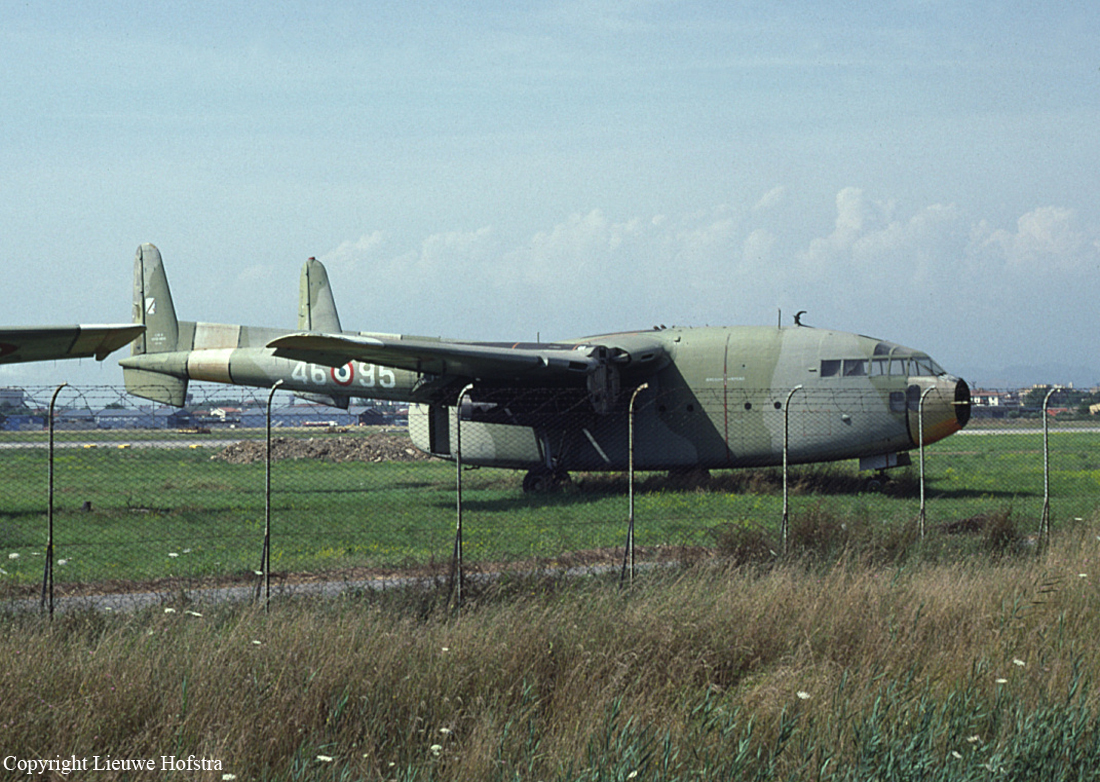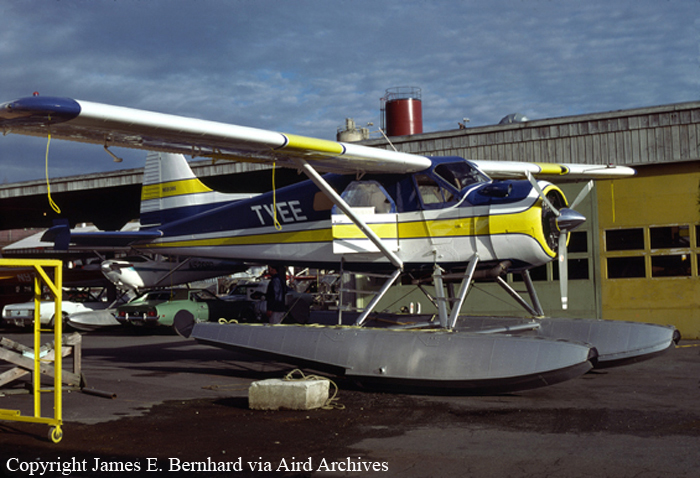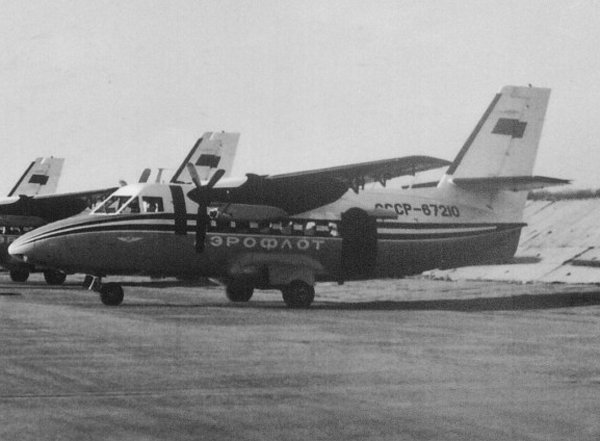Crash of an Antonov AN-2T in Kamenz
Date & Time:
Jul 2, 1979 at 1010 LT
Registration:
833
Survivors:
Yes
Schedule:
Kamenz - Kamenz
MSN:
195 473 05
YOM:
1958
Crew on board:
2
Crew fatalities:
Pax on board:
0
Pax fatalities:
Other fatalities:
Total fatalities:
0
Circumstances:
Shortly after takeoff from Kamenz Airport, while climbing to a height of 50 meters, the engine failed. The airplane lost height, struck tree tops and crashed. The student pilot Wilfried Stein was slightly injured while the instructor Andreas Barth escaped uninjured.
Probable cause:
It is believed that the engine failed during initial climb because the fuel selector was switched off (OFF position).












